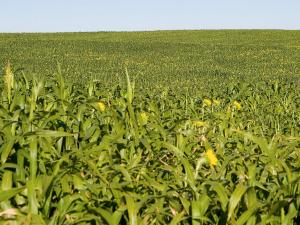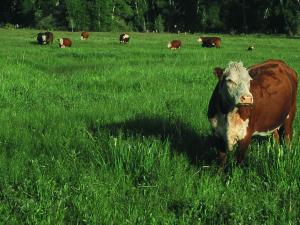Tool
CropScape
CropScape displays data from the United States Department of Agriculture (USDA) Cropland Data Layer (CDL), an annual, remote-sensing snapshot of crop cover during the main growing season across the contiguous United States.
Users can find crop-specific land cover data derived from satellite imagery and extensive ground truthing. Decades of work digitizing field boundaries and confirming crop types led to an automated process by which a computer algorithm interprets the type of crop growing in each field from satellite data. Users who want to download data files and perform their own analyses in GIS software can do so.



